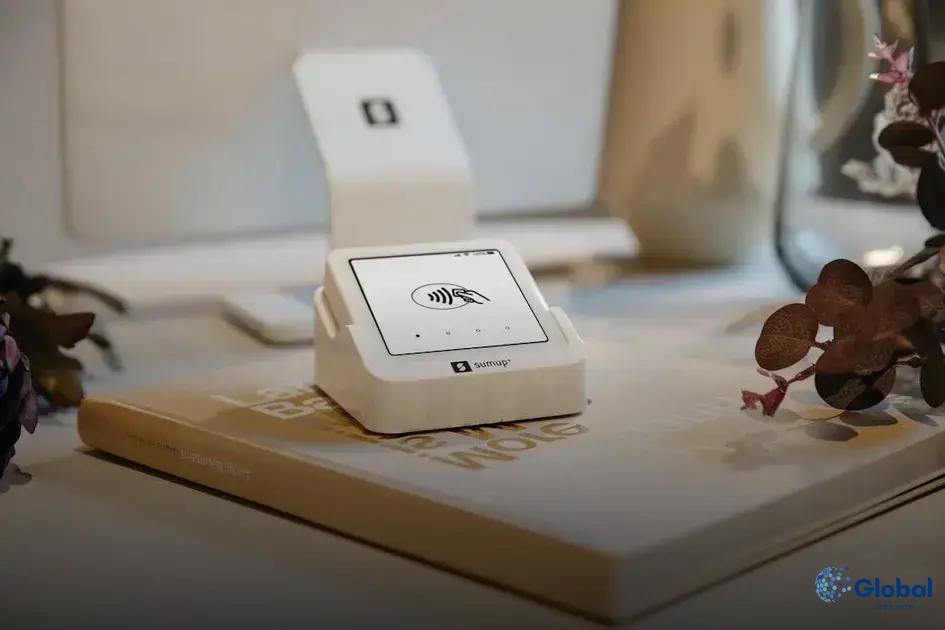In today’s fast-paced world, knowing how to take a real break from work is essential to maintain productivity and mental health. It’s crucial to distinguish between a superficial break and a truly restful one. By properly disconnecting, you allow your mind to recharge, improving both your personal and professional life. This guide will help you understand the importance of effective downtime and provide you with practical tips. Learn to set boundaries, establish routines, and create spaces that encourage true relaxation.
Understanding the Importance of Real Breaks
In today’s fast-paced work environment, taking real breaks is essential for maintaining both mental and physical health. Breaks are not just moments away from work; they are opportunities to recharge and refresh our minds and bodies. Genuine pauses can lead to increased productivity and creativity. When we step away from our tasks, we allow our brains to process information differently, often leading to new insights and problem-solving approaches.
A significant aspect of taking an effective break is ensuring it is a real one. This means avoiding work-related thoughts and activities during downtime. Activities like checking emails or engaging in work calls should be off-limits. Instead, focus on activities that promote relaxation and a sense of joy. This could be as simple as taking a nature walk, practicing meditation, or engaging in a hobby that you love.
Furthermore, it’s vital to recognize signs of burnout. Fatigue, lack of motivation, and irritability can signal the need for a genuine break. By listening to our bodies and minds, we can take timely breaks that enhance our well-being and work performance. Remember, quality is more important than quantity when it comes to breaks.
Practical Tips for Unplugging
- Schedule Tech-Free Time: Allocate specific times during the day to be away from all digital devices. Use this time to focus on activities that don’t require screens, such as reading a book or going for a walk. Allow your mind to rest from the constant influx of digital information.
- Create a Device-Free Zone: Designate certain areas of your home, such as the dining room or the bedroom, as device-free zones. This boundary encourages more natural and mindful interactions with family or personal relaxation.
- Use Analog Tools: Switch back to using physical tools like notebooks for jotting down ideas or making lists. This can be both satisfying and refreshing compared to typing or texting on a device.
- Engage in Mindful Activities: Practices like yoga, meditation, or simple breathing exercises can help you focus on the present and reduce anxiety related to work. These activities often don’t require technology and offer mental clarity.
- Plan Tech-Free Outings: Spend time outdoors with activities that don’t involve technology, like hiking or biking. Nature trips can help reset your mindset and improve your mood.
- Turn Off Notifications: Adjust your phone settings to minimize alerts that can pull you back into work mode. Only allow essential or emergency notifications during your time off.
- Set Realistic Tech Limits: Be honest with yourself about how much time you spend on devices for non-work activities and create achievable limits. Utilize apps that help monitor and control screen time.
Setting Boundaries with Your Work
Establishing boundaries is crucial for maintaining a healthy work-life balance, particularly when aiming for a real break from work. Begin by clearly defining work hours and strictly adhering to them. It’s important to communicate these boundaries with your colleagues and supervisors to ensure mutual understanding and respect.
Utilize tools such as automatic email replies to inform others when you are unavailable. This will help manage expectations and prevent unnecessary stress. Turn off work-related notifications after hours to maintain focus on personal time, and create a workspace that is distinct from your relaxation areas to separate work from leisure effectively.
Another vital aspect is learning to say no when necessary. Prioritize your tasks and recognize when additional work may interfere with your need for rest. Knowing your limits can prevent burnout and lead to more productive work phases.
Establishing these boundaries not only enhances your ability to recharge but also improves both personal and professional relationships. By taking control over your work commitments, you empower yourself to fully enjoy your breaks.
Creating a Relaxing Personal Retreat
Creating a personal retreat provides a sanctuary where you can truly unwind and recharge. Start by selecting a space in your home that feels comfortable, whether it’s a small reading nook or a corner of your garden. Opt for soft lighting like lamps and candles to create a calming atmosphere. Surround yourself with items that bring you joy, such as cozy blankets, favorite books, or soothing music. These elements can enhance your relaxation.
Incorporate calming activities into your retreat, such as meditation, gentle yoga, or journaling. These practices can help clear your mind and promote inner peace. Consider setting a specific time each day to engage in your retreat to establish a consistent habit. Don’t forget to make it a screen-free zone to ensure you disconnect from work and other digital distractions.
Personalization is crucial; include scented candles or essential oils that you find relaxing. Lavender and chamomile, for instance, are popular for promoting relaxation. With intentional design and thoughtful choices, your personal retreat can become a cherished space that nurtures your mental and emotional well-being.




